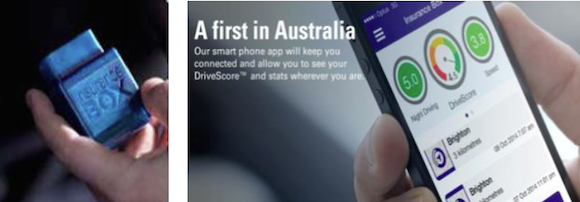Young drivers under the lens: could recording driver behaviour reduce road trauma?

Mark Stevenson, Professor of Urban Transport and Public Health at the Melbourne School of Design, has been awarded an Australian Research Council Linkage Grant of $530,000 to study young drivers aged 18-25 across Victoria in a program set to revolutionise the car insurance industry in Australia.
The first study of its kind, in collaboration with Insurance Box, the Transport Accident Commission (TAC) and colleagues from Monash University, will explore whether feedback and financial incentives have the ability to change young drivers' behaviour behind the wheel.
"Young drivers comprise 13 percent of the population yet they account for 22 percent of driver deaths in Australia," Professor Stevenson said.
"The introduction of in-vehicle telematics is a technology that holds considerable promise with respect to reductions in road trauma."
The study will randomly allocate 200 young drivers who are currently insured by Insurance Box and have in-vehicle telematics installed in their cars.
"In-vehicle telematics enables drivers, insurers or employers (in relation to commercial vehicles) to collect safety-specific information on a driver's on-road behaviour and performance. Insurance Box was the first company in Australia to establish an insurance scheme that required policy-holders to have an in-vehicle telematics device installed in their car."
The device feeds information back to the driver through a smart-phone app that provides direct feedback on speed relative to speed zone, driving times, crash events and near-miss events as defined by rapid deceleration.
"Until now, there has been no comprehensive assessment of this new strategy and certainly no randomised trial using in-vehicle telematics as the framework upon which to set incentive-based insurance", Professor Stevenson said.
The four-year study will comprise two stages. The first will explore what form of insurance incentive should be offered. The second stage will examine whether the provision of direct feedback and/or incentive-based insurance leads to measurable change in at-risk driving.
Provided by University of Melbourne
















